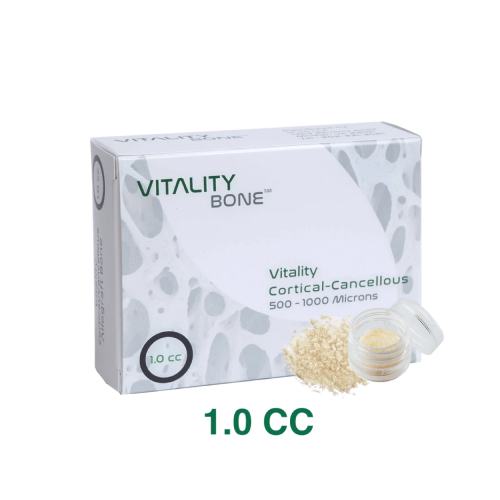Using premium bone graft materials and following proper surgical techniques are essential for successful oral surgery. Inferior bone grafts can raise hidden risks that patients and even some healthcare providers may not fully realize.
Infection: Lower-quality bone graft materials may pose an elevated risk of contamination, potentially resulting in post-surgical infections. These infections can lead to extended recovery times and even implant failure.
Graft Failure: Inferior grafts may struggle to properly integrate with the existing bone, increasing the likelihood of graft failure. This can lead to the loss of the graft and potential complications in oral surgery.
Complications: Substandard grafts can introduce complications during and after surgery, such as heightened bleeding, delayed healing, and persistent discomfort.
Reduced Success Rates: The success of oral surgery, particularly in dental implant procedures, is heavily contingent on the quality of the bone graft. Using subpar grafts can elevate the risk of implant failure.
Additional Costs: Managing the repercussions of substandard bone grafts can result in added expenses for patients, who may require revision surgeries or other treatments to address complications.
The significance of using high-quality bone graft materials and implementing precise surgical techniques cannot be overstated. The potential repercussions of substandard grafts, from infection and graft failure to complications and reduced success rates, not only jeopardize patient well-being but also result in unexpected financial burdens. Therefore, prioritizing the quality of bone grafts in oral surgery is paramount to ensure both the success of the procedure and the long-term health and satisfaction of patients.
If you're considering oral surgery, you'll want to explore the benefits of a premium, high-quality bone material that can make a world of difference in your surgical experience. Vitality Bone is terminally sterilized using validated gamma irradiation. Recovery and screening are performed according to FDA guidelines.
Vitality Bone Mineralized Cortical Cancellous Allograft Bone Graft Material is thoroughly tested for:






